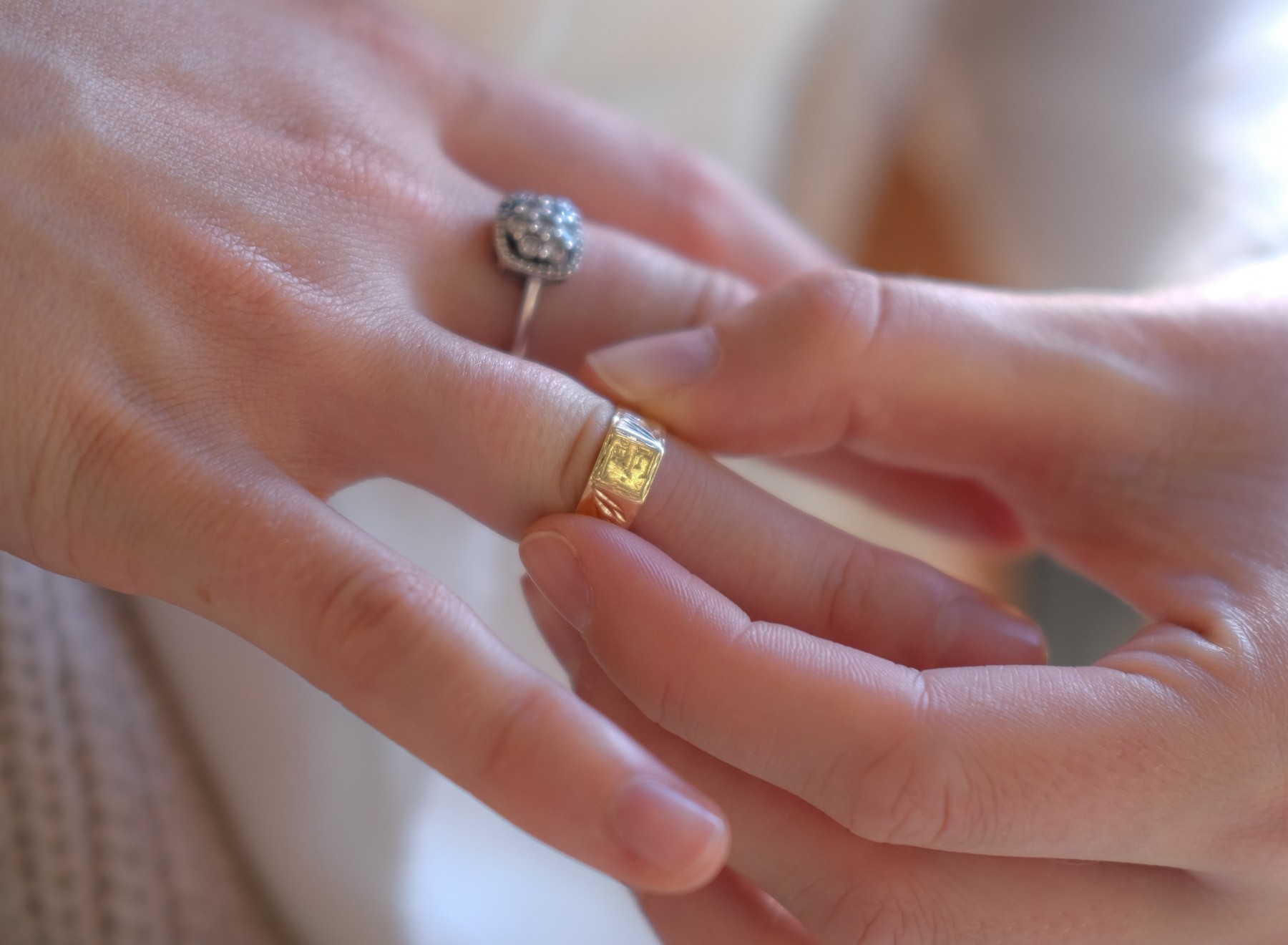 New EU rules about which chemicals can be used in toy jewellery or kidsâ pieces cannot be ignored. We asked the Birmingham Assay Officeâs Michelle Cartwright to talk us through the issues.
Product safety is becoming increasingly regulated within the EU and thus having a significant impact on the jewellery and watch industry. The burden is felt particularly heavily in the case of childrenâs jewellery which tends to sell for a lower price, partly due to its smaller size and also due to market forces.
Precious metal jewellery is unlikely to cause too many problems, so long as it complies with the nickel regulations which have been enforceable for 13 years now. However, new regulations included in the extensive REACH (Registration, Evaluation, Authorisation & restriction of Chemicals) regulation have required importers and manufacturers of jewellery of all types to demonstrate compliance with much more stringent requirements.
Likewise, accidentally swallowing a complete item containing a high lead content can have very severe consequences as the lead leaches into the body and may even prove fatal. So how can one perform a reasonable risk assessment? Cartwright thinks it is âvery unlikely that precious metal jewellery will contain more than the permitted levels of leadâ, but adds that âcoated base metal items, where the coating may easily wear off are always a risk and the non-metallic parts, particularly glass stones are definitely the highest risk as lead is commonly found in plastics, varnishes, paints, enamels and lacquers.
New EU rules about which chemicals can be used in toy jewellery or kidsâ pieces cannot be ignored. We asked the Birmingham Assay Officeâs Michelle Cartwright to talk us through the issues.
Product safety is becoming increasingly regulated within the EU and thus having a significant impact on the jewellery and watch industry. The burden is felt particularly heavily in the case of childrenâs jewellery which tends to sell for a lower price, partly due to its smaller size and also due to market forces.
Precious metal jewellery is unlikely to cause too many problems, so long as it complies with the nickel regulations which have been enforceable for 13 years now. However, new regulations included in the extensive REACH (Registration, Evaluation, Authorisation & restriction of Chemicals) regulation have required importers and manufacturers of jewellery of all types to demonstrate compliance with much more stringent requirements.
Likewise, accidentally swallowing a complete item containing a high lead content can have very severe consequences as the lead leaches into the body and may even prove fatal. So how can one perform a reasonable risk assessment? Cartwright thinks it is âvery unlikely that precious metal jewellery will contain more than the permitted levels of leadâ, but adds that âcoated base metal items, where the coating may easily wear off are always a risk and the non-metallic parts, particularly glass stones are definitely the highest risk as lead is commonly found in plastics, varnishes, paints, enamels and lacquers.
 Michelle Cartwright is production manager in The Laboratory at The Birmingham Assay Office, and she says that whilst there is no specific legislation relating to childrenâs jewellery, âit is clearly caught by REACH regulations relating to nickel, cadmium and, from October 2013, lead.â She adds: âArticles including fabrics and textiles also have to meet compliance levels for azo dyes and formaldehyde and there is a significant amount of testing required.â
There can be no argument that the nickel regulations that apply to all items âintended to come into prolonged and direct contact with the skinâ apply. As with so many other hazards, this is particularly important for... CONTINUE READING
To find out who this is particularly important for and to read more about the new updated children's regulations make sure to visit our meet the experts page on The Birmingham Assay Office website â http://bit.ly/14ItT8jÂ
Michelle Cartwright is production manager in The Laboratory at The Birmingham Assay Office, and she says that whilst there is no specific legislation relating to childrenâs jewellery, âit is clearly caught by REACH regulations relating to nickel, cadmium and, from October 2013, lead.â She adds: âArticles including fabrics and textiles also have to meet compliance levels for azo dyes and formaldehyde and there is a significant amount of testing required.â
There can be no argument that the nickel regulations that apply to all items âintended to come into prolonged and direct contact with the skinâ apply. As with so many other hazards, this is particularly important for... CONTINUE READING
To find out who this is particularly important for and to read more about the new updated children's regulations make sure to visit our meet the experts page on The Birmingham Assay Office website â http://bit.ly/14ItT8jÂ
Your item has been added to the basket
You need to create an account, or login before you can add this item to your basket.







